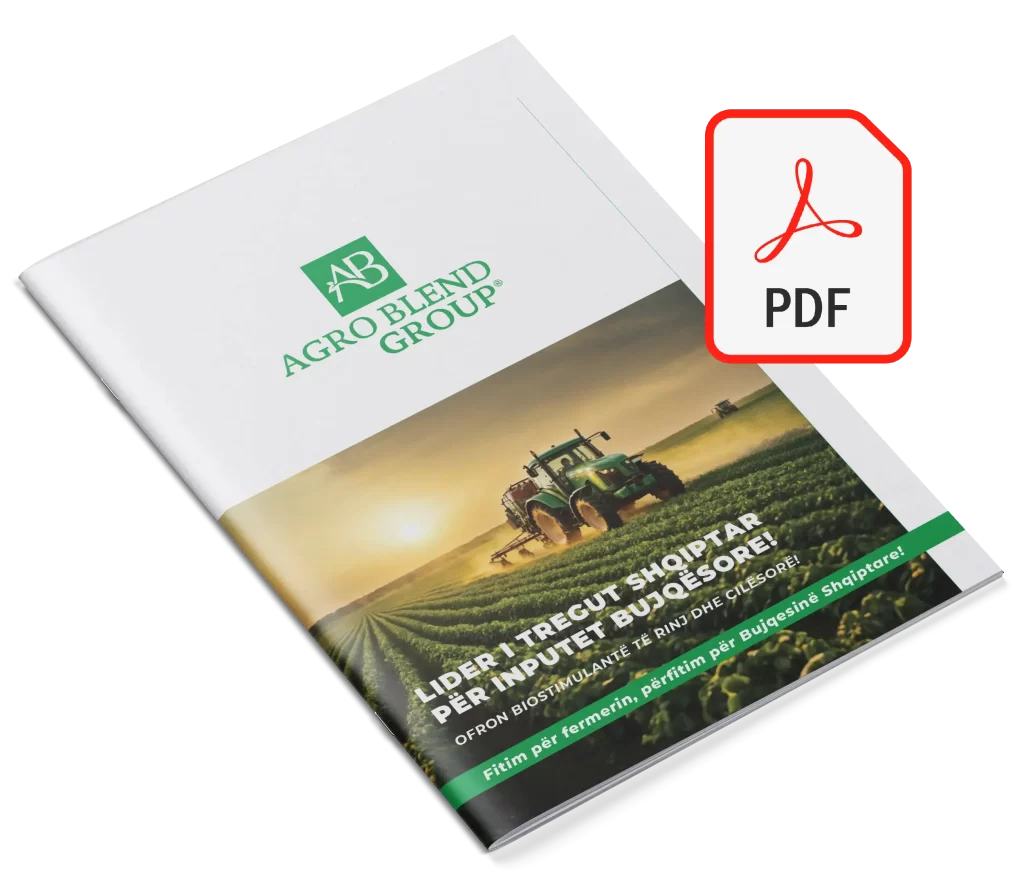
Formulation: Water emulsion (EW)
Type: Systemic fungicide with a broad spectrum of action.
GALILEO 125 EW is a systemic fungicide with a broad spectrum of action, used for controlling diseases in vineyards, fruit trees, vegetables, and ornamental plants. GALILEO 125 EW provides maximum protection against diseases, with different application methods, both preventive and curative. It is used in various vegetative phases, either alone or in combination with other products, depending on the appropriate treatment.
Please consult the technical service for advice on specific crops and conditions.
First Aid Instructions and Medical Advice:
• H302: Harmful if swallowed.
• H315: Causes skin irritation.
In case of skin or mucous membrane contact, wash with plenty of water and soap.
• H332: Harmful if inhaled.
In case of inhalation of the spraying solution, move the affected person to a warm and well-ventilated environment.
• H318: Causes serious eye damage.
• In case of poisoning, seek immediate help at the nearest hospital, showing the doctor the label of this product.
• No specific antidote is known. Treatment should be symptomatic.
Usage Notice:
It can be mixed with other products except those with an alkaline pH. It can also be mixed with biostimulants and foliar fertilizers. When mixed with other products, the longest pre-harvest interval must be respected.
Phytotoxicity:
Do not treat during flowering. There are many cultivars with varying sensitivity to the product, so it is recommended to conduct trials on a small number of plants from these cultivars before treatment.
Environmental Impact:
It is not toxic to bees.
• P273: Avoid discharge, spillage into the environment.
• H412: Harmful to aquatic life with long-lasting effects. Do not pollute water with this product or its packaging.
Pre-Harvest Interval (PHI):
• 14 days for grapes, apples, pears, peaches, nectarines
• 7 days for cucurbits
• 4 days for tomatoes and peppers
• 35 days for cereals
Storage:
The product should be stored in dark places, away from sunlight and moisture, at a temperature not exceeding 35°C.
In vineyards: For the control of mildew, use 20-25 ml/100 liters of water (240 ml/ha). Treatments before and after flowering, at 12-14 day intervals. The product is also effective against black rot (Guignardia bidwellii).
In apples, pears: For the control of scab, use 30 ml/100 liters of water (300 ml/ha). Treat every 7 days starting from the appearance of the first spots until the fruit reaches the size of a walnut. Continue at 10-day intervals. For curative treatment, apply within 72-96 hours after infective rains. For blocking treatments (in the presence of symptoms): perform 2 treatments 5-7 days apart, then continue at the usual interval. Mixing with another protective product is recommended.
For the control of mildew, use 16-24 ml/100 liters of water (190-290 ml/ha), spring and summer treatments at 12-14 day intervals.
In peaches, nectarines, apricots, etc.: For the control of mildew, use 30 ml/100 liters of water (300 ml/ha). Treat from petal fall and repeat every 12-14 days.
In cucurbits (cucumbers, melons, pumpkins, watermelons): For the control of mildew, use 50 ml/100 liters of water (400 ml/ha depending on the surface and plant), starting from the appearance of the first symptoms, and repeat treatments 2-3 times at 10-15 day intervals.
In tomatoes: For the control of mildew, use 20-40 ml/100 liters of water (200-400 ml/ha); for the control of cladosporiosis, use 40-60 ml (400-600 ml/ha). Start treatments at the appearance of the first symptoms and repeat 2-3 times at 12-15 day intervals. For curative intervention, treat at 8-10 day intervals.
In peppers: For the control of mildew, use 20-35 ml/100 liters of water (200-350 ml/ha depending on the surface and plant), starting from the appearance of the first symptoms, and repeat treatments 2-3 times at 10-15 day intervals. For curative intervention, treat at 8-10 day intervals.
In cereals: For the control of diseases affecting leaves and ears, such as mildew (Erysiphe graminis), rust (Puccinia spp.), septoria (Septoria spp.), and rhynchosporiosis (Rhynchosporium secalis), the dose is 0.9-1 liter/ha, with a solution of 200-600 liters of water. Start treatments as a preventive measure when favorable conditions for infection appear. Two treatments should be performed, respectively at the 1-2 node stage and at the beginning of ear formation. Only one treatment may be needed if the infection pressure is low and the variety is less susceptible to diseases.
In ornamental plants and flowers: For the control of mildew, rust, alternaria, and scab, use 20-60 ml/100 liters of water, depending on the plant and infection pressure.
Precautionary Measures:
• P102: Keep out of reach of children.
• P101: If medical advice is needed, keep the container or label with you.
• P101: Read the label before use.
• Store in a dry, cool place, away from food, beverages, and animal feed.
• Avoid prolonged contact of eyes and skin with the product.
• Avoid inhalation of the product during the preparation of the spray solution and during spraying.
• Do not eat, drink, or smoke while handling the product.
• Wear protective equipment during use: overalls, gloves, mask, goggles.
• After use, wash hands and exposed parts of the body, as well as protective equipment and spraying tools.
• P501: Dispose of the contents/container in accordance with current regulations.
| Active Ingredients | |
|---|---|
| Tetraconazole | 125 g/L |
It can be mixed with other products except those with an alkaline pH. It can also be mixed with biostimulants and foliar fertilizers. When mixed with other products, the longest pre-harvest interval must be respected.
Please consult the technical service for additional advice on compatibility.

For a list of all the products & information on their usage.